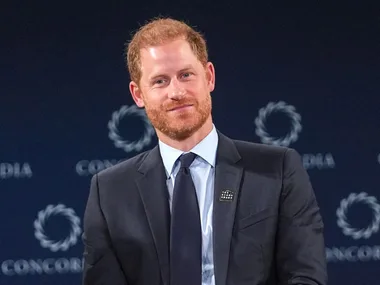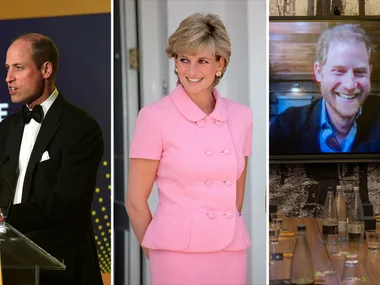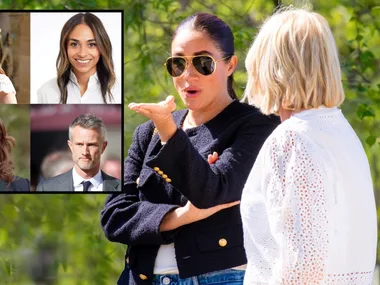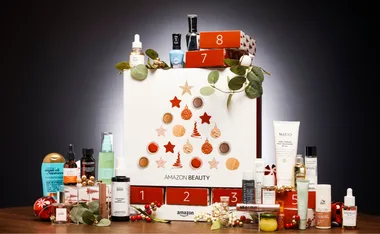Jack Vidgen stepped onto the stage of Australia’s Got Talent and emerged a YouTube sensation. Bryce Corbett talks to the determined 14-year-old who wants to be a bigger star than Justin Bieber.
There’s arguably not enough room on Planet Pop for two Justin Biebers, but local boy Jack Vidgen is nevertheless ready to give superstardom a red hot go.
Since he burst into our living rooms in the opening week of the television talent quest, Australia’s Got Talent — assaulting our senses with a voice that soars and a fringe that flops in all the right places — the hot money has been on the Sydney teen to take out the TV show title.
In pictures: Ten things your kids talk about and what they are
Certainly, if YouTube hits are any measure of a contestant’s chances of winning, Jack is streets ahead of his competition. At the time of going to press, his performance of the Whitney Houston standard, I Have Nothing, before a panel of stupefied judges and an awestruck live studio audience had been viewed more than 1.5 million times.
In homes all over the country, hairs were raised as he hit a series of high notes and brought a sophistication to his performance well beyond his 14 years.
“That is something people around the world will be watching,” opined an awestruck Dannii Minogue, one of the show’s three celebrity judges, as she ushered him through to the next round of competition.
The day The Weekly catches up with Jack at an inner-Sydney photo studio, he’s fresh from Year Nine classes at Balgowlah Boys High School. Accompanied by his mum, Rachel, and dressed to self-conscious teen perfection in black jeans and black-and-white striped shirt under a black hoodie, he tells me he’s spent the day learning about Pythagoras’ theorem.
“I don’t really understand it,” Jack admits, “but then, I’m hoping I’m not going to need it all that much.”
If all goes to plan — and make no mistake, the kid has a plan — the only people needing to be well acquainted with the particulars of Year Nine maths will be Jack’s accountants.
“I want to be a singer,” he says, matter-of-factly. “I want to be an artist. I look at people like Justin Bieber and Katy Perry and Lady Gaga, and I think it would be great to be as successful as them.
“I like the look on people’s faces when I sing. It’s just the best feeling to stand up there in front of an audience.”
Though his face is new to most of us, Jack has been a fixture on the pre-pubescent music scene of Sydney’s northern beaches for the better part of the past four years — hauling his angelic smile, blond mop and four-octave range from school spectacular to singing Eisteddfod to the local Carols by Candlelight. It’s been a concerted slog to which he’s applied the same determination that saw him become a self-taught guitarist and pianist.
Watch him work the camera in the photo studio and you’d think Jack was born to do it. Listen to him wrap his now famous vocal chords around a tune (as he did for The Weekly’s video cameras) and you forget how young he is. Yet he is young — so young. In fact, he considers Whitney Houston old.
“I like a lot of the older soul singers, like Whitney Houston,” he says without a hint of self-consciousness. “I mean, I like Lady Gaga and Katy Perry, and that kind of stuff, but I definitely love singing R&B and soul.”
Read more of this story in the June issue of The Australian Women’s Weekly.
Your say: Do you think Jack Vidgen has what it takes to make it in the music industry?


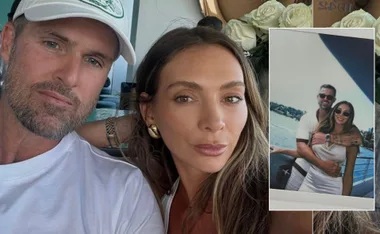

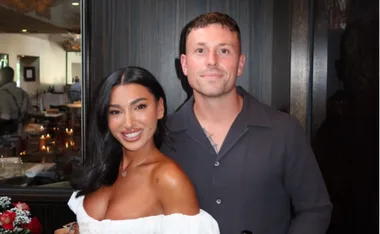


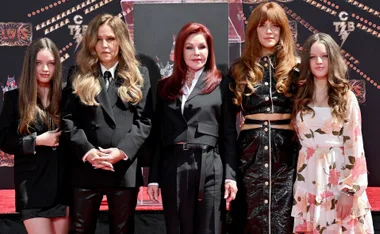


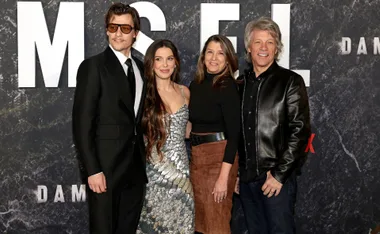
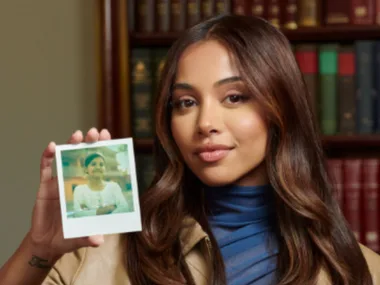







.png?resize=380%2C285)

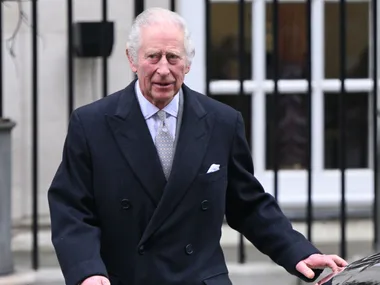

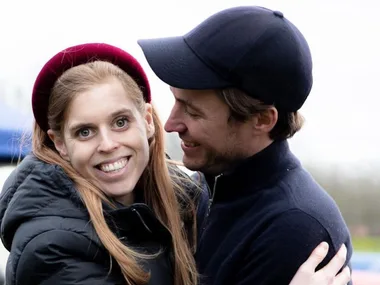

-(2).jpg?resize=380%2C285)
